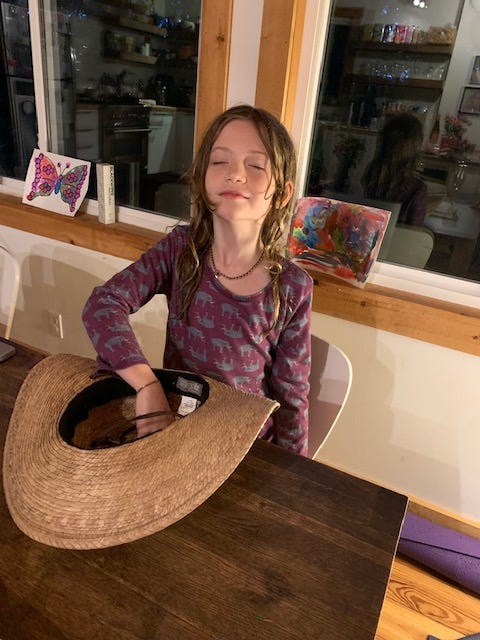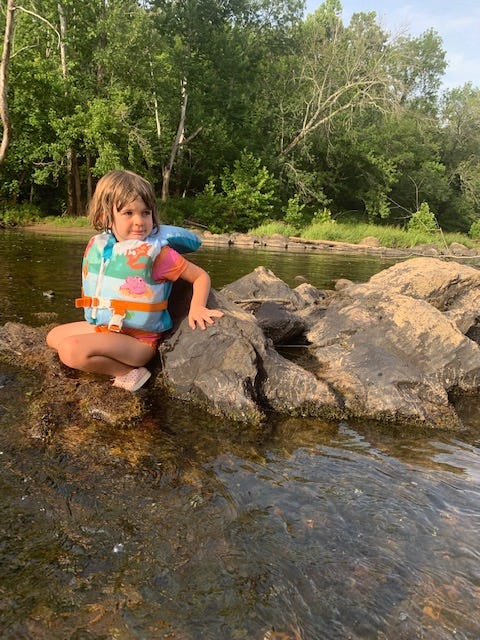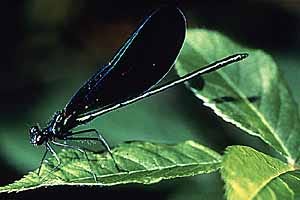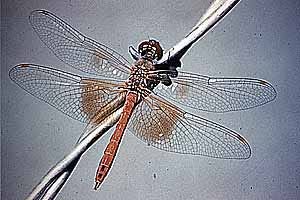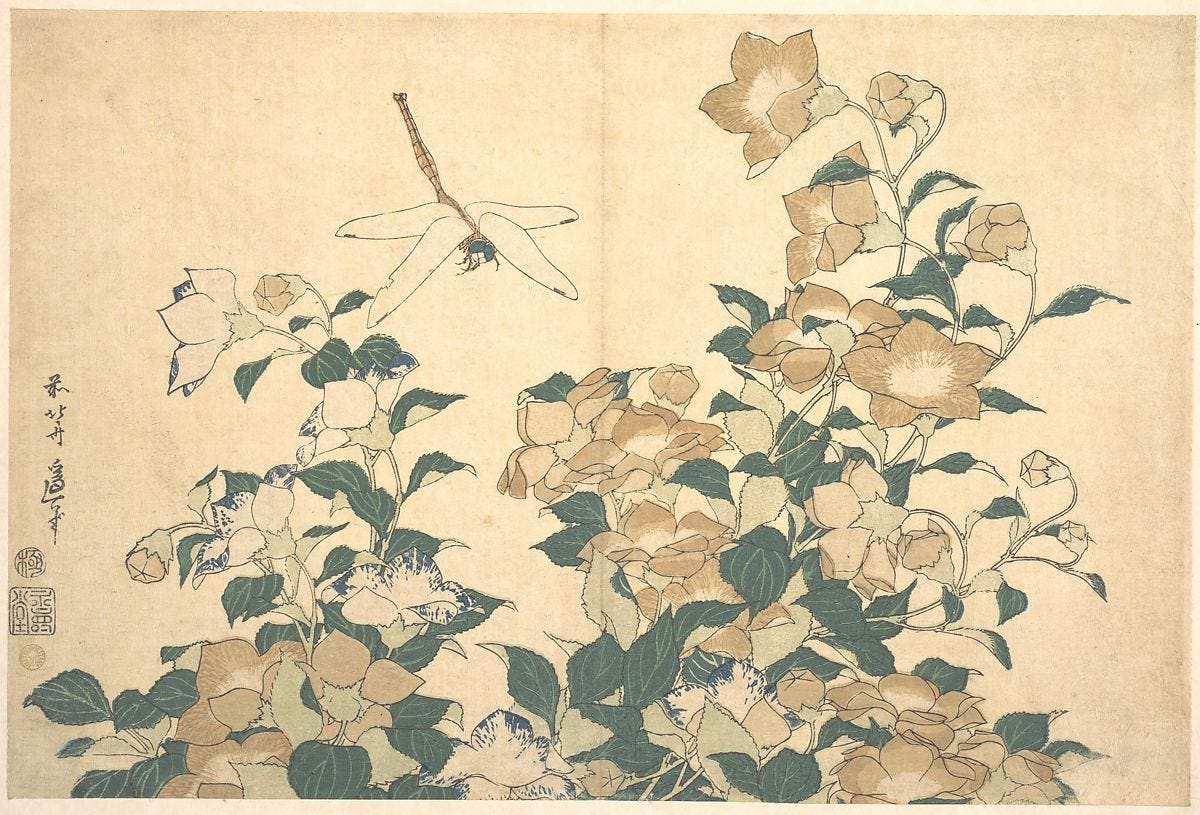
We loved reading everyone’s favorite things about summer—such a beautiful and cool list. Ours are cicadasong (Belle) and “basically everything” (Bea). Congratulations to our randomly-drawn-from-a-hat winners: Tamzin, Beth, and Holly! (I’ll email you with your copies!)
Also, while I was at work, Bea put together this helpful post about dragonflies and damselflies:
You may be wondering, what’s the difference between dragonflies and damselflies? Aren’t they the same thing? Actually they’re not. The order odonata (toothed ones, which refers to their jagged mandibles) consists of three groups: anisoptera (which includes dragonflies); zygoptera (which includes damselflies) and the anisozygoptera (which only has two living species). Both damselfies and dragonflies live near water, because that’s where they spend most of their lives (as nymphs). On Tuesday when we went to the river, we saw a lot of damselflies hovering over the water, where they catch gnats, flies, and mosquitoes. You can’t see them here, because they’re small, but there were so many damselflies hovering over the rocks and water:
Basically, here’s how to tell the difference between a dragonfly and a damselfly: dragonflies are bigger, with chunkier bodies and bigger eyes. Damselflies are more delicate looking, with a very thin body.
When perched, damselflies hold their wings together and up. Dragonflies have longer wings, which they hold perpendicular to their bodies.
Here are some other cool facts about the toothed ones:
Dragonflies are even older than dinosaurs! They also used to be huge, with two-and-a-half foot wingspans!
They are really important to the ecosystem, helping to keep other insects in check. They don’t bite or hurt humans.
If you see dragonfly or damselfly larvae in your streams and ponds, that’s a good sign—not only will you have insects that can eat your mosquitos, but it also means the water quality is healthy.
But to really get to know dragonflies, it helps to study them up close. So head to a pond, lake, or freshwater river and soon you’ll probably see some. You can also watch these videos we found:
Here’s a National Geographic video about a dragonfly life cycle:
This video explains dragonflies’ super senses:
And this one is just adorable:
Like other species of insects, dragonflies and damselflies are threatened by disappearing habitats, pollution, pesticides, and climate change. And you can help them—and many other species—by not spraying pesticides and keeping your yard natural.
Thanks for reading our post, Frog Troublers! If you’re in the area, here are a couple of cool opportunities:
Tonight, our friends Siew David Hii, Chelsea Krieg, Kayla Thomas, and Danni Quintos will read at So & So Books at 7! We will be there (all of us! look out, poets!).
And on Saturday and Sunday afternoon, the Chelsea Theatre in Chapel Hill will screen Stay Prayed Up, a documentary about the Durham-based gospel group The Branchettes, with a Q&A from the director.




